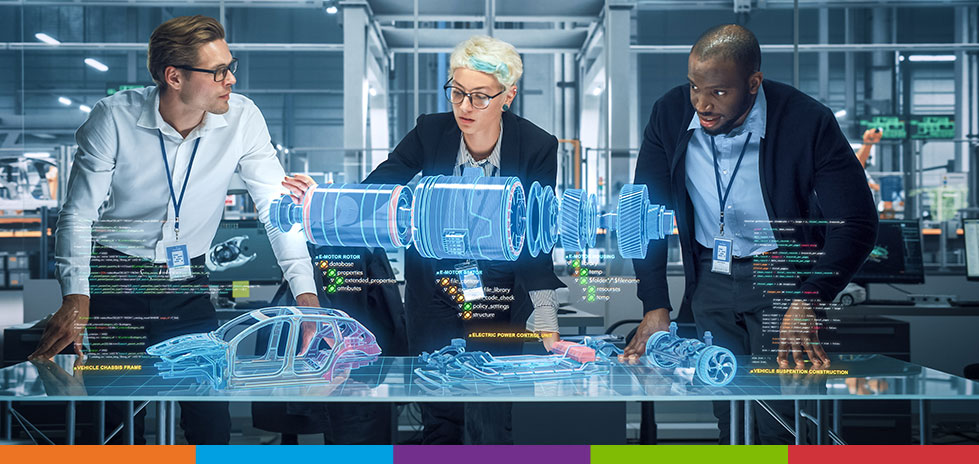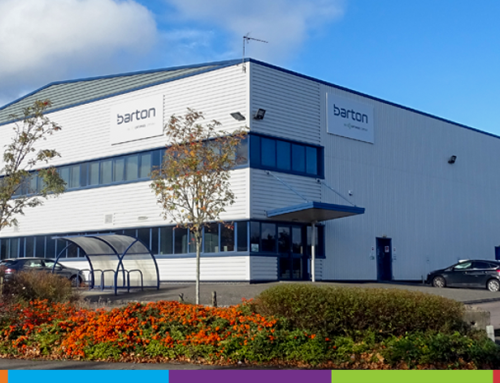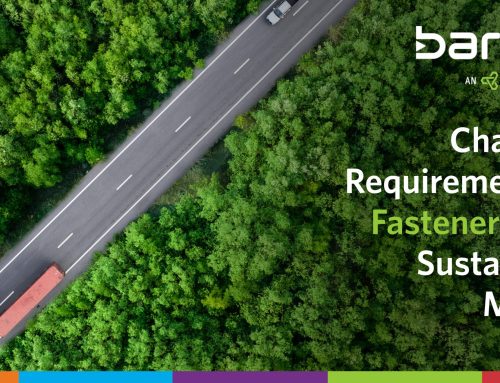
Are Government Emissions Targets Viable with Commercial EV Progress?
Outside of 2020, sales of commercial electric vehicles have picked up as of late — so much so that some experts believe the commercial EV market will grow faster than the retail side. One report expects a 24.3% global CAGR in the coming years, going from $287.4 billion in 2021 to $1,318.22 billion in 2028. However, a few recent developments could very well interfere with hitting such grand predictions.
One of the more pressing issues is that of the electric vehicle supply chain. It nearly buckled under semi-conductor shortages, and matters only worsened in light of material scarcities and the rising costs of raw goods. Such supply chain management issues have led to delivery delays of sometimes over a year for customers, a problematic development in and of itself.
To maintain production and meet consumer demand, some manufacturers could potentially abandon sustainable sourcing and sustainable manufacturing practices. Going to market as “sustainable” but taking less than desirable actions to secure materials — expedited freight journeys, for one — directly conflicts with companies’ reasons for turning to commercial EVs.
Beyond that, manufacturers face the task of optimising EV batteries. Though degradation is said to be minimal, it does reduce the storage capacity each year. And at this point, EV production is still so new that questions remain about the actual lifespan of an EV battery and — consequently — if EVs can suitably contribute to the government’s established emission goals.
More Work Necessary to Meet Government Emissions Targets
Though the UK created its emission legislation as a member of the EU, it’s still following the schematic post-Brexit. By 2025, manufacturers must reduce emissions by 15% in both cars and vans. Come 2030, cars are expected to reduce emissions by 38% and vans by 31%. Each number’s baseline is against 2021 standards, which could well pose a problem, at least regarding commercial EVs.
In the UK, 2.6% of new vans registered between January and July of 2021 were EVs. The 2020 calendar year saw just 0.3% of new registrations being EV vans, so it’s a significant improvement but likely not enough to reach the intended target. Part of this is simply due to limited options. It’s also the result of infrastructure. It needs to become more widespread to make commercial EVs a viable alternative to those using fossil fuels.
It shouldn’t come as a surprise that greater innovation will be necessary to meet consumer demand and government emissions targets. Limiting the conversion cost would also be advantageous, as the total cost of ownership depends on use. Without enough rapid charging points or financial incentives, the move to commercial EVs isn’t as attractive to many companies.
Light transportation and last-mile delivery are currently the exceptions. Still, a greater focus must be placed on larger and heavier commercial EVs, such as long-haul, regional delivery, and construction equipment. Until then, any net-zero carbon emission target will be more of a pipe dream than anything else.
Optimas Solutions offers a localised option for top-of-the-line, quality-tested fasteners that can maximise your EV’s efficiency. With manufacturing facilities on both sides of the Atlantic, Optimas can reduce electric vehicle supply chain risk with critical fastening solutions to keep manufacturers’ production lines running.






